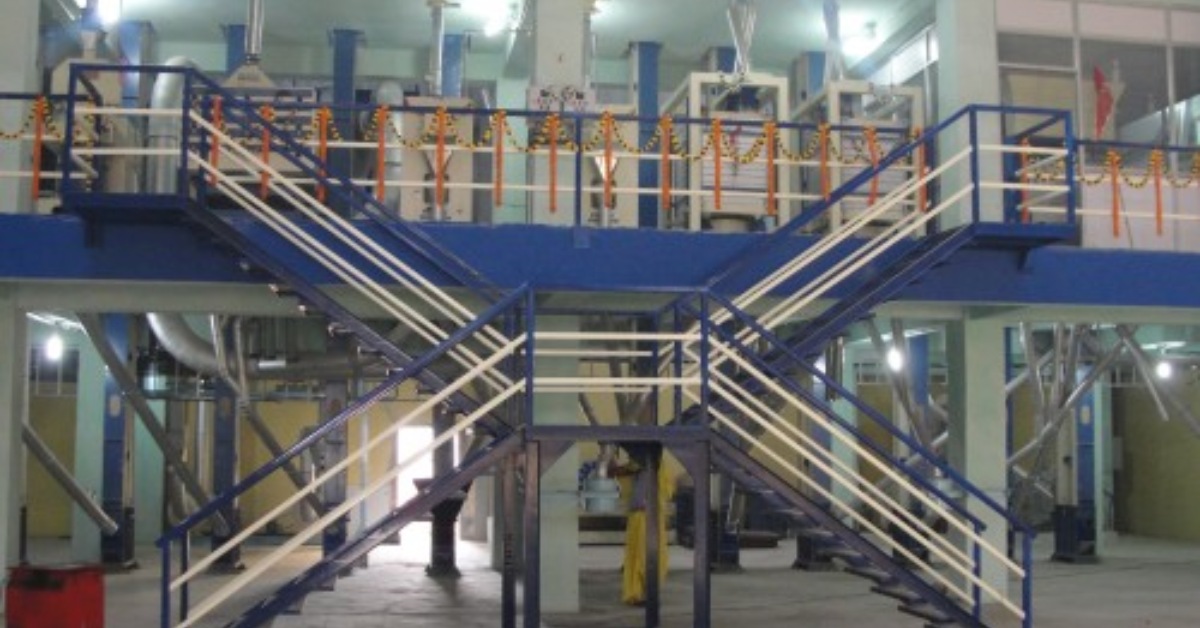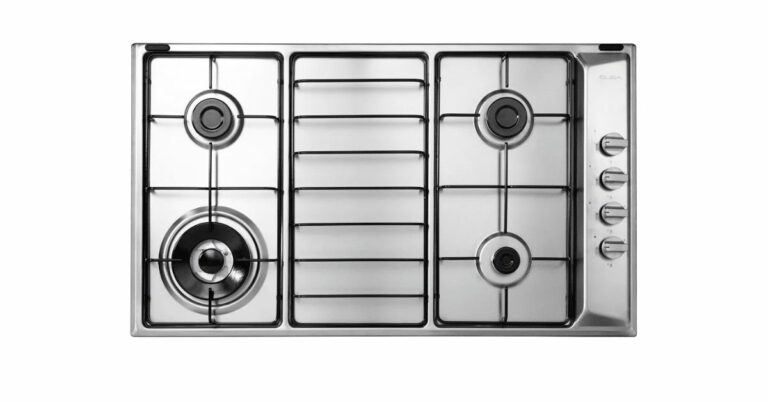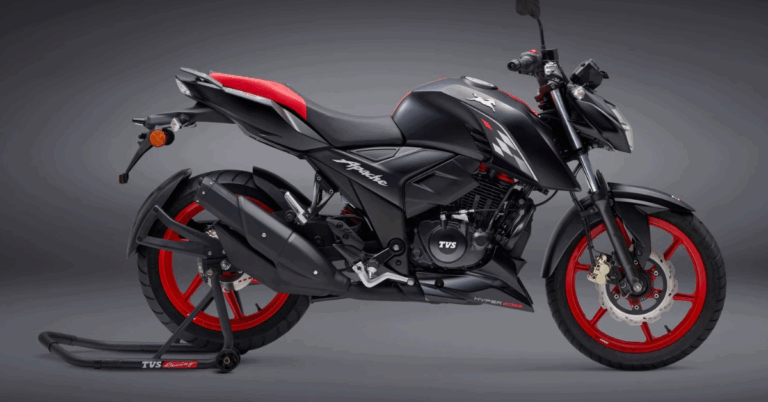Best Rice Milling Machine in India: Powering the Nation’s Grain Industry
India is one of the largest producers and consumers of rice in the world. With agriculture as the backbone of the nation, rice cultivation supports the livelihood of millions of farmers and plays a pivotal role in food security. To meet growing domestic and international demand, India’s rice processing industry must rely on high-performance, technologically advanced rice milling solutions. That’s where the need for the Best Rice Milling Machine In India comes in—a solution that balances high yield, quality output, automation, and efficiency.
As Indian rice exporters compete on global platforms, and local millers aim for profitability, the demand for superior rice milling machines has intensified. This article explores the key factors that define top-tier rice milling equipment in India and how these machines are shaping the future of rice processing in the country.
Why Rice Milling Matters
Rice milling is the process of removing the husk and bran layers from paddy to produce edible white rice. The final product should be clean, polished, and free from impurities or broken grains. Efficient milling ensures:
-
Higher grain yield
-
Better product quality
-
Reduced processing time
-
Lower operating costs
-
Improved marketability
With India exporting a wide variety of rice such as Basmati, Sona Masuri, and Ponni, milling becomes not just a technical process but a critical link in the value chain.
Key Features of the Best Rice Milling Machine in India
What separates the best rice milling machine from the rest in the Indian context? Here are the defining features that set premium machines apart:
1. High Yield with Minimal Broken Grains
Indian millers aim to maximize the percentage of whole grains. Advanced rice milling machines are engineered to reduce broken grain output and ensure a high-quality finish.
2. Multi-Stage Integrated Systems
The top rice mills in India combine pre-cleaning, dehusking, whitening, polishing, grading, and packaging into a single, streamlined process. This not only saves time but also boosts productivity.
3. Automated Control Systems
Automation reduces dependency on manual labor, which is crucial in India’s labor-sensitive industries. The best machines feature user-friendly touch panels and real-time data monitoring systems.
4. Customization for Indian Grain Varieties
Basmati rice, known for its length and aroma, requires delicate handling during milling. A great machine must adapt to different grain types while maintaining quality, texture, and appearance.
5. Energy Efficiency
With fluctuating power supply in many parts of India, energy-efficient machines are vital. Machines with reduced power consumption, motor protection, and inverter control are preferred by mill owners.
6. Robust Build and Low Maintenance
Given India’s climate and operating conditions, the ideal machine must be dust-resistant, corrosion-proof, and durable. Stainless steel construction and quality-tested components ensure long service life.
India’s Milling Landscape: A Booming Industry
India is home to over 100,000 rice mills, both small-scale and large-scale. These range from traditional huller-type mills to state-of-the-art automated plants. With government initiatives like the “Make in India” movement and export encouragement policies, millers are upgrading to modern equipment that meets international standards.
In this competitive environment, choosing the best rice milling machine in India becomes essential for:
-
Increasing operational efficiency
-
Meeting export quality requirements
-
Reducing grain loss and processing costs
-
Ensuring food safety and hygiene
Ricetec Machinery: Setting a Benchmark in Indian Rice Milling
Among the key players in India’s rice milling machinery market, Ricetec Machinery has gained a reputation for delivering high-quality, technologically advanced equipment tailored for Indian conditions. Their machines are designed to meet the needs of both small farmers and large rice processing plants.
Ricetec’s machines offer:
-
Precision engineering for high-quality rice output
-
Flexibility to handle all major Indian rice varieties
-
Built-in smart technology for ease of operation
-
Durable, low-maintenance builds
-
Support for complete plant setup, from cleaning to packaging
These features make Ricetec a preferred choice for rice millers across India who seek reliable machinery and consistent performance.
Components of a Modern Indian Rice Milling Plant
A best-in-class rice milling machine in India typically includes the following components:
1. Pre-Cleaner
Removes large impurities like stones, straw, and dust to ensure a clean batch before milling begins.
2. Destoner
Separates stones from paddy, protecting downstream machinery and improving grain purity.
3. Paddy Husker
Removes the husk from raw paddy while minimizing grain breakage. Efficient huskers preserve the integrity of delicate grains like Basmati.
4. Paddy Separator
Segregates unhusked paddy from brown rice, allowing only fully processed grain to proceed.
5. Whiteners and Polishers
These machines whiten and polish the rice kernels. Fine mist spray systems and variable speed control help maintain optimal shine and texture.
6. Grading Units
Sorts rice into different sizes—full grain, broken, and smaller pieces—based on customer requirements.
7. Color Sorters
Use advanced cameras and LED lighting to detect and remove discolored, immature, or damaged grains.
8. Packing Machines
Automatically weigh, fill, and seal rice bags. Ensures hygiene and improves handling.
Why Indian Millers Prefer Advanced Machines
Indian rice millers are increasingly embracing automation and advanced machinery for several reasons:
-
Cost Savings: Energy-efficient motors and low-wear parts reduce operational costs.
-
Time Efficiency: Integrated systems reduce processing time and labor.
-
Scalability: Machines can be configured to suit 1-ton to 20-ton per hour plants.
-
Export Readiness: High-end machines ensure rice meets global quality standards.
-
Government Compliance: Machines now must meet FSSAI and environmental safety norms.
Tailoring Machines for Regional Rice Varieties
India has a diverse rice ecosystem. From aromatic long-grain Basmati in North India to short-grain varieties in South India, the machine must handle each with care. The best rice milling machines allow:
-
Adjustable pressure controls for delicate grains
-
Moisture-sensitive polishing
-
Reduced breakage rates even in aged paddy
-
Compatibility with both raw and parboiled rice
These capabilities help millers serve local markets and international buyers with equal finesse.
Challenges Solved by Top-Tier Machines
Here’s how the best rice milling machines help solve pressing challenges in Indian rice milling:
| Challenge | Solution by Modern Machines |
|---|---|
| High grain breakage | Soft pressure controls, dual polishers |
| Labor dependency | Full automation, smart sensors |
| Inconsistent quality | Real-time monitoring, digital calibration |
| High operational costs | Energy-efficient motors, longer-lasting parts |
| Export rejections | Improved color sorting, better dehusking |
| Space constraints | Compact, modular designs |
Future of Rice Milling in India
The Indian rice processing industry is poised for transformation. With increasing awareness of food quality, traceability, and sustainability, future rice mills will include:
-
AI-enabled quality control systems
-
Cloud-based performance monitoring
-
Water-saving polishing techniques
-
Eco-friendly byproduct management (husk and bran)
Manufacturers like Ricetec are at the forefront of these innovations, ensuring Indian rice processors remain globally competitive.
Final Thoughts
Selecting the best rice milling machine in India is not just about equipment—it’s about investing in your business’s future. Whether you’re running a small village mill or an industrial-grade rice plant, the right machine can make a significant difference in output, efficiency, and profitability.
Indian millers need solutions that align with local rice varieties, production scales, and cost expectations. With companies like Ricetec Machinery delivering high-quality, feature-rich equipment, the Indian rice milling sector is in good hands.







